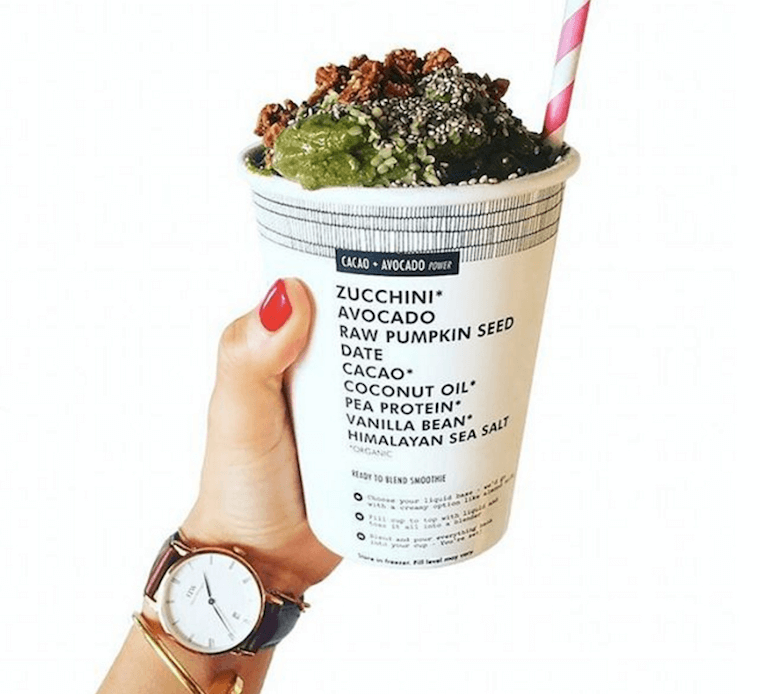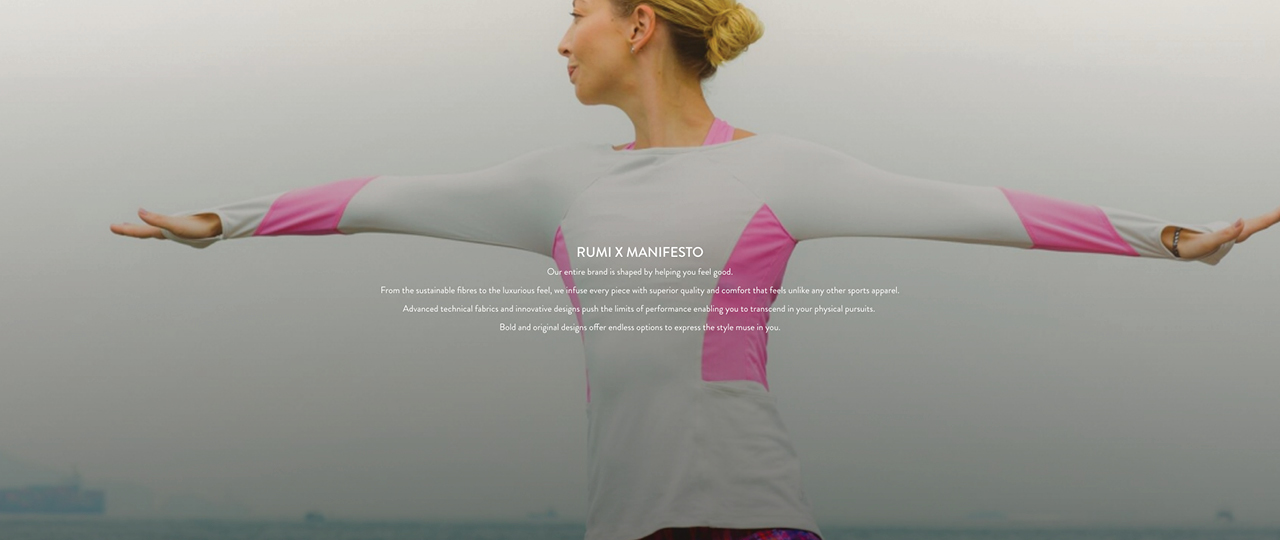Gone are the Draper days of feeding consumers any lines imaginable to help make a sale. There’s simply no getting away with it in this ever-critical digital world. For our rapidly emerging fleet of wellness brands in particular, lapses in transparency are especially unforgiving, and there are some simple lessons for us all.
The mistakes and successes of those who have pioneered in the engagement of our hyper-informed consumers offer a hard and fast lesson in transparency. This audience sits (or rather, downward dogs) within the ‘better-me’ economy, and they seek brands that openly and whole-heartedly match their personal values.
So straight up, list it.
You can thank this growing pressure on transparency for ensuring your blue algae latte is called a blue algae latte and not a blue moon unicorn energy booster (hallelujah). Many products and services within this category benefit from being incredibly honest about what’s gone in to what you’re being sold, from where or how it was made to what materials were included. No matter how beautifully ugly they may sound, it’s working, and strangely people are finding perfection in the imperfection.
 (Image credit: Well&Good)
(Image credit: Well&Good)
…or straight up, miss it.
You may be surprised to hear that Kate Hudson offers the ‘do not’ in wellness brand transparency. The US-based exercise clothing retailer Kate co-founded, called Fabletics, is a massive success having generated $150 million in sales in 2015 alone. However, the company has recently come under fire following the Australian Competition and Consumer Commission raising concerns about potentially illegal misleading conduct. This was based on claims of inadequate disclosure of ongoing costs of their “VIP” membership program.
On top of America’s Better Business Bureau receiving over 1400 complaints on this matter since 2012, the company finally stated they would change their website to promote greater transparency on their VIP offer.
Get real. Real responsible.
More than matcha green and super spirulina, your brand should be eco-green and super socially responsible. Factoring this into your thinking early will help your brand grow as it attempts to connect into the lifestyle of your audience. One brand in particular, activewear label Rumi X, is a shining example of this.
Rumi X is known for its clothing derived from recycled water bottles, and they’re now taking this even further by releasing a new range of tank tops, sports bras, raglan tops and long sleeved support tops all created using used coffee grinds through eco-friendly S. Cafe technology. This technology allows used coffee grinds to embed into fibres to create a fabric that has maximum odour control, a quick-dry texture, UV protection and enhanced breathability.
 (Image credit: RUMI X)
(Image credit: RUMI X)
In Fabletics to Rumi X we have two great examples of brand approaches to transparency (or lack thereof). The key takeaway should be that by proactively maintaining open, honest communication, brands avoid loyalty-breaking experiences and having to go into damage control. Transparency is not a mark of a leading brand these days, but an expectation of any good brand. A proactive approach is something people talk about. It’s something that will drive equity, value and long-term competitive advantage.
